Claude Monet
1840-1926 France/Impressionism
Click an Image to Enlarge
Water Lilies Two

Beach at Etretat

Boat on the Epte

Regatta at Argenteuil
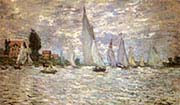
Cart on the Road
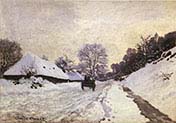
Garden at Vetheuil

Madame Monet
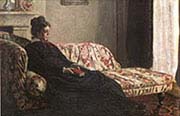
J F Jacquemart

Rose Portals Giverny

Poppy Field

La Japonaise

Rocks at Pourville
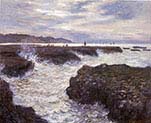
Rue Saint-Denis

Still-Life with Melon

Sunflowers

Basin at Argenteuil

The Bridge

at
Bougival
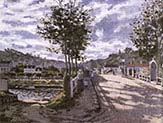
Garden

The House

The
Luncheon

The Petit Bras

Quai
du Louvre
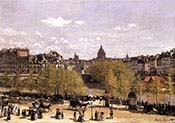
The Road Bridge

Road
to Chailly

The Seine

The
Tuileries
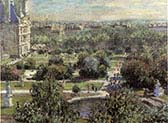
The
Turkeys
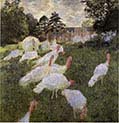
Village Street

Wheat Field

Antibes
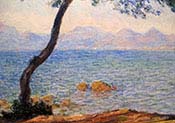
Bridge Over a Pond

Camille

Camille Monet

Flowering Garden

Four Poplars

Rouelles Le Havre
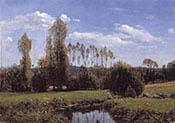
Hunting Trophies

Jean Monet
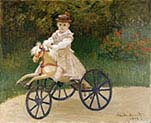
Poplars Philadelphia

Rouen Cathedral

Rouen Cathedral

Still life

The Boat Workshop

Poppy Field Giverny
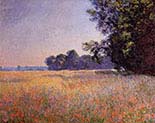
Poppy Flowers
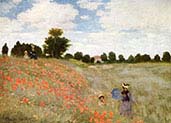
Port-Goulphar

Road to Vetheuil

The Garden in Flower
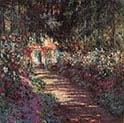
The Grand Canal
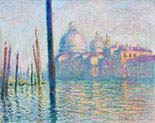
The Magpie
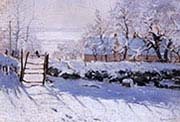
Train in the Snow
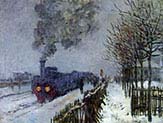
Water Lilies
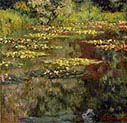
Water Lilies Four

Water Lilies

Reflections

Nympheas

Water Lilies Toledo

Antibes Afternoon

Water-Lilies Five

Impression Sunrise

Under Snow

in the Garden
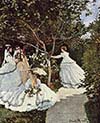
An Area-

Cliffs at Etretat

The Seine
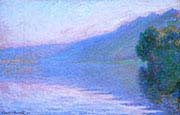
A Parasol
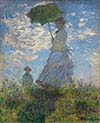
Waterloo Bridge

Boul de Capucines

Terrace at Adresse
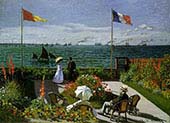
Houses of Parliment
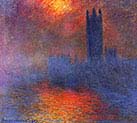
Waterloo Bridge

Grain Stacks

Haystacks-Frost

Graystaks
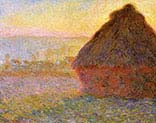
Japenese Bridge

Irises

Poplars on the Epte

Gare Saint Lazare

Gare Saint Lazare
